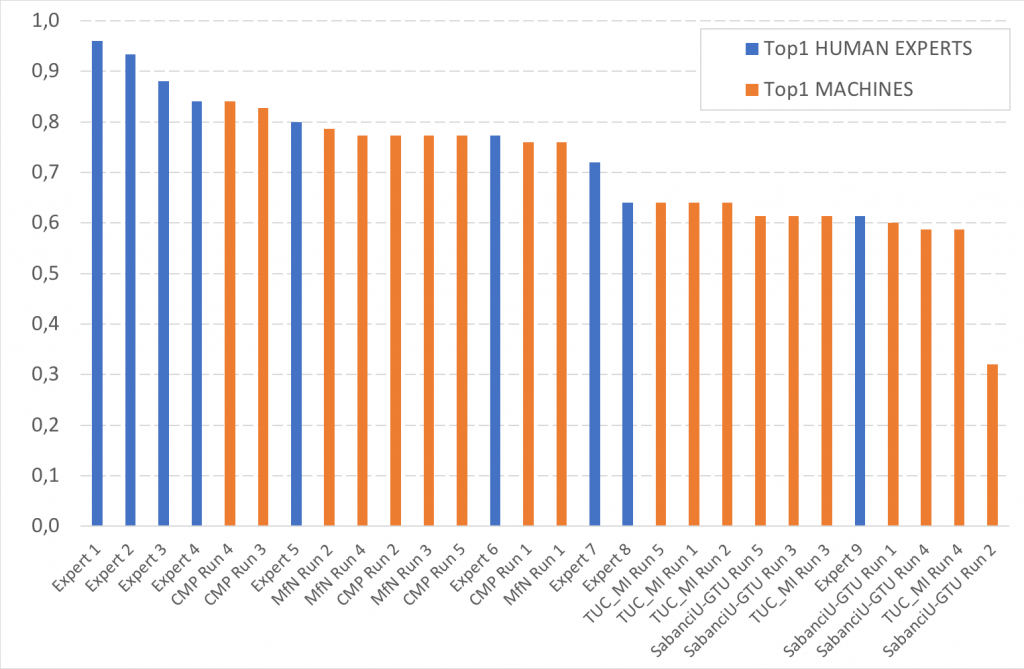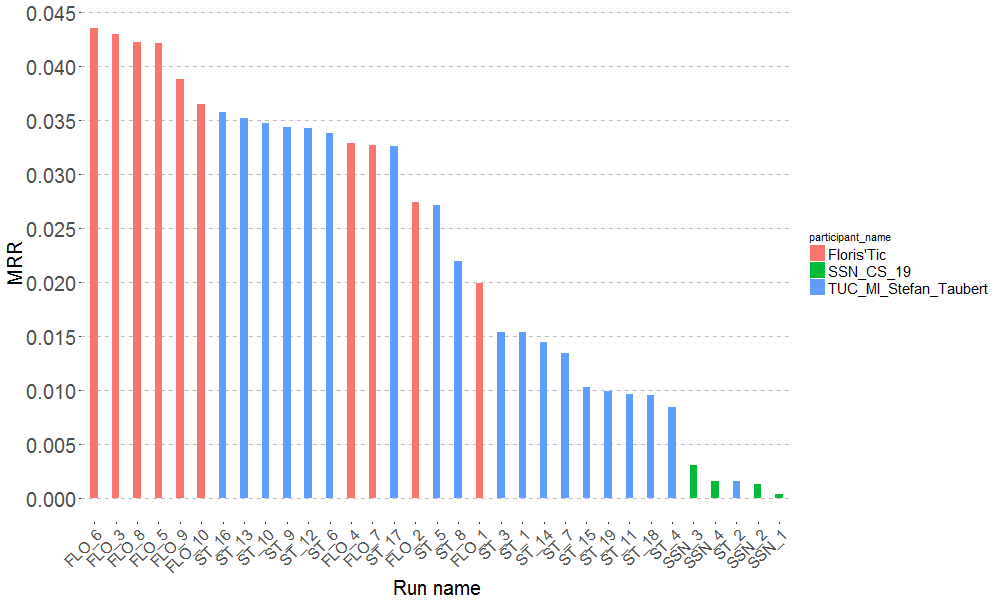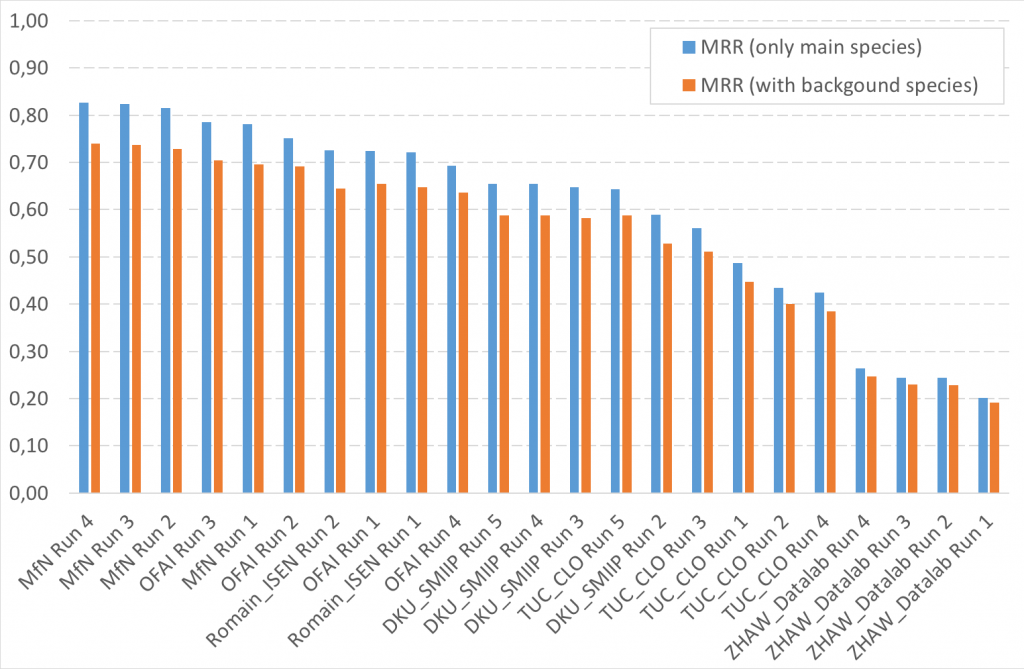
Every year since 2011, our team is helping to organize an international machine learning competition to improve our knowledge about automatic life recognition: LifeCLEF. Over the years, teams from around the world are confronting their approaches to obtain the best possible predictions, for the identification of plants, birds or fishes. For example, for the PlantCLEF project, we provide a set of plant images, all identified correctly, that will allow the algorithms to learn how to differentiate them all. Then we give a second set of pictures of plants, but this time, unidentified. The goal of the challenge is to provide the greatest number of good identifications for this data. And guess where do all these data come from? From Pl@ntNet obviously, so from your contributions! The results for the 2018 evaluation campaign have fallen and here are the winners, by category.
3 tests: ExperLifeCLEF, GeoLifeCLEF and BirdCLEF
Are you rather human team or machine team? With ExpertLifeCLEF, we wanted to know the difference between the expertise of machines and humans for the identification of plant species. The same set of images has been proposed to botanical experts and computer teams. There were 28 participants at the start, but only 4 teams crossed the finish line on time and proposed 19 different automated identification techniques. It shows a great confrontation between human experts and automatic approaches, but the big winner remains a man, Philippe Jauzein with 96% correct identifications. The first IT team comes in 4th place with a score of 84% and it is the Department of Cybernetics of the Czech Technical University of Prague. And for those who are afraid of a machine uprising, keep in mind that behind these computers, there are always women and men who work in computer science or who structure this data for example. Nothing would be possible without them.

The second test was a new one, and it was called GeoLifeCLEF. The principle was to determine a probable list of plant species at a given point on a map thanks to other measurable data (altitude, temperature, humidity, soil composition, etc …). Out of 22 teams, there were 3 finalists who developed 33 different approaches. The winning team of the challenge is Floris’Tic (who is carrying the Pl@ntNet project: we are a little bit proud!). The results are interesting because, although low (4% for the best score), they are not due to luck. The coming years will undoubtedly refine these methods of prediction.

The last test is a classic of this international challenge. This is BirdCLEF, a task that aims to recognize bird species through audio recordings provided by the Xeno-Canto association. Of the 29 teams that collected the data, 6 finalists submitted 23 different methods. And the results are very impressive! The Berlin Natural History Museum leads with more than 82% good identifications for isolated bird recordings, and more than 74% correct identifications for recordings mixing several bird songs.

LifeCLEF will end on September 10 to 14 in Avignon for the CLEF2018 event, where teams will meet and present their work in machine learning. From year to year, the results are more and more impressive. This allows you to have, between your hands, more and more efficient applications in the recognition of animal and plant species.
Remember that all this would not be possible without the data you collect with Pl@ntNet and make you citizen scientists: thank you!
